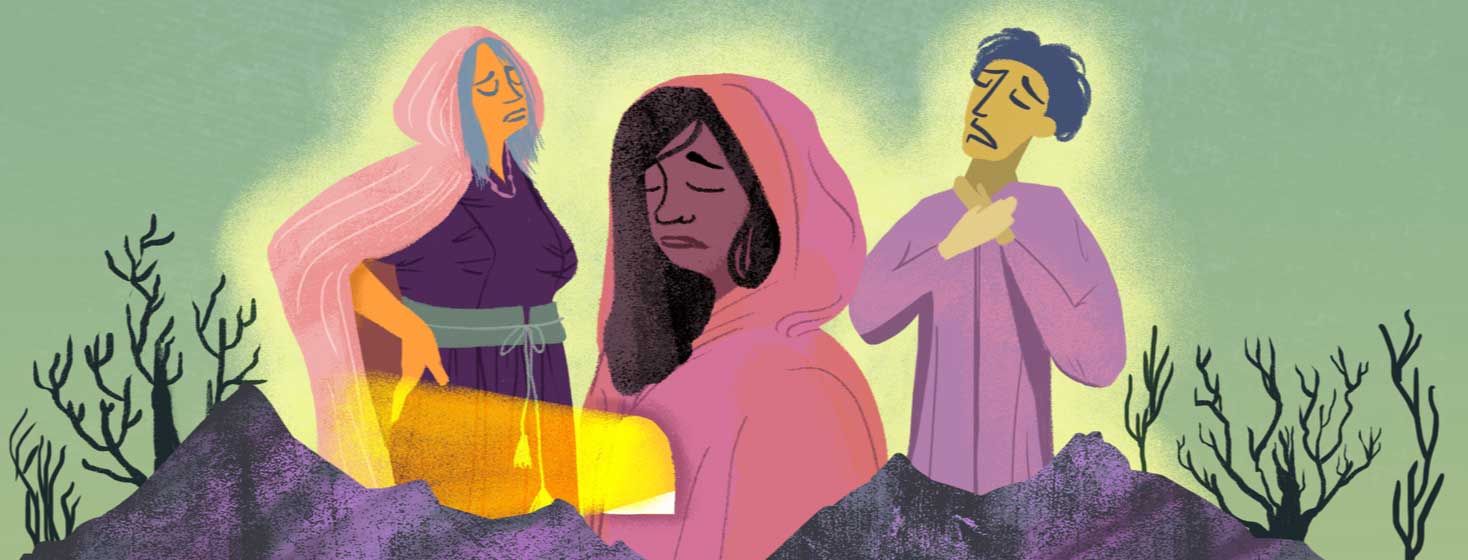What Are the Early Signs and Risk Factors of Coronary Artery Disease?
Coronary artery disease (CAD) is the most common type of heart disease. It is the main cause of death in the United States and around the world.1-3 CAD develops when fatty deposits, called plaque, build-up on the walls of the arteries. This leads the arteries to narrow and the blood vessel walls to thicken.3,4
What are the risk factors of coronary artery disease?
Coronary artery disease develops from a mix of lifestyle changes, environmental, and genetic factors.1 The risk factors for developing CAD has some factors that can be controlled and others that cannot. You can’t control your age, gender, race, or genetics. If you are male, over age 65, African American, or have a strong family history of heart disease, you may be at increased risk.5
Several of the major risk factors can be managed. These include:
- High blood pressure
- High cholesterol
- Diabetes or insulin resistance
- Lack of exercise
- Smoking
Individual risks can build on one another. For example, metabolic syndrome is a group condition that includes high blood pressure, high cholesterol, high insulin levels, and fat around the middle. If you smoke, the nicotine in tobacco causes blood vessels to narrow making the heart work harder to pump blood. The more risk factors you have, the greater the risk of coronary artery disease.5-6
What you do in childhood can impact your risk for developing CAD as an adult. A healthy lifestyle can have lifetime benefits, reducing the chance of having heart disease or at least delaying its progression. For many, CAD is preventable.5,7
CAD may also develop without the classic risk factors.5 Alcohol use and autoimmune diseases like lupus or rheumatoid arthritis are thought to be linked to an increased risk for heart conditions like CAD. Sleep apnea and high levels of C-reactive protein, triglycerides, or homocysteine may also impact CAD.
What are the warning signs of CAD?
Narrowing of the arteries can cause signs and symptoms in all areas of the body. CAD can cause any of the following:6,8
- Chest pain
- Shortness of breath
- Fatigue and dizziness
- Stroke
- Palpitations
- Lower back pain
- Erectile dysfunction
- Numb or cold hands and feet
Chest pain can feel like pressure, burning, or tightness in the middle or on the left side of the chest. It is often mistaken for indigestion or heartburn. It is the most common sign of CAD. Sometimes called angina, it can be triggered by physical or emotional stress.6 The pain may go away when activity stops, or a drug (nitroglycerin tablets) is taken. If you experience any of these symptoms for a long time, make an appointment with your doctor. If you think you or someone you care about is having a heart attack call 911 and get medical help right away.
If you are diagnosed with CAD, your doctor may advise some basic lifestyle changes. These most often include eating more lean protein, fruits and vegetables, and increasing exercise.8

Join the conversation